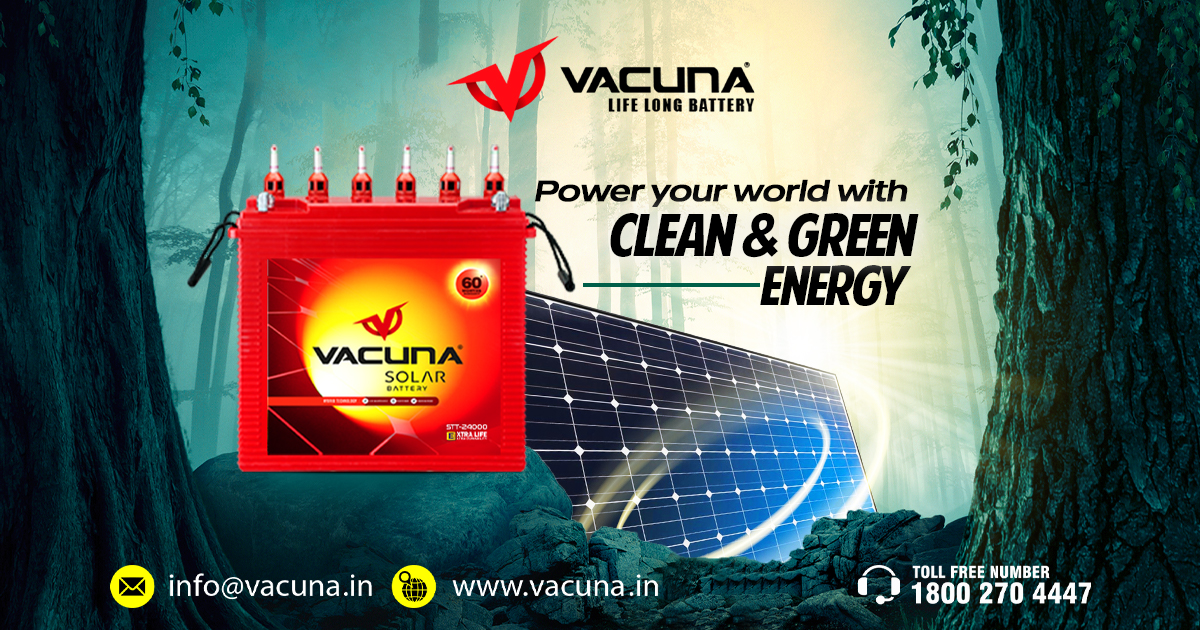Lead acid batteries are renowned for their versatility and reliability, making them a popular choice for a wide range of applications, from automotive and marine use to backup power systems and renewable energy storage.
Among the various types of lead acid batteries available, three common varieties stand out: flooded, AGM (Absorbent Glass Mat), and gel batteries. In this blog post, we’ll delve into each type, exploring their unique features, advantages, and applications.
1. Flooded Lead Acid Batteries:
Flooded lead acid batteries, also known as wet cell batteries, are the oldest and most traditional type of lead acid battery. They consist of lead plates submerged in a liquid electrolyte solution of sulfuric acid and water. The plates are typically suspended in the electrolyte, allowing for the free flow of ions during charging and discharging.
Features and Advantages:
– Robust and durable construction
– Relatively low cost compared to other types of lead-acid batteries
– Easy to maintain and service, with the ability to add distilled water to replenish electrolyte levels
– Suitable for high-current applications and deep discharge cycles
– Widely used in automotive, marine, and industrial applications
Applications: Flooded lead-acid batteries are commonly used in vehicles, boats, forklifts, and off-grid renewable energy systems where durability and reliability are paramount.
2. AGM (Absorbent Glass Mat) Lead Acid Batteries:
AGM lead acid batteries utilize a mat of absorbent glass fibers to hold the electrolyte solution in place between the lead plates. The electrolyte is absorbed into the fiberglass mat, providing a stable and maintenance-free design.
Features and Advantages:
– Sealed construction prevents electrolyte leakage and allows for installation in any orientation
– Minimal maintenance is required, as there is no need to add water or check electrolyte levels
– Enhanced resistance to vibration and shock, making them ideal for mobile applications
– Faster charging and discharging rates compared to flooded batteries
– Long service life and excellent deep cycle performance
Applications: AGM batteries are widely used in applications where space is limited or maintenance is difficult, such as UPS (Uninterruptible Power Supply) systems, emergency lighting, solar power storage, and RV (Recreational Vehicle) and marine applications.
3. Gel Lead Acid Batteries:
Gel lead acid batteries feature a gelled electrolyte solution, where sulfuric acid is mixed with a silica gel to form a thick, gel-like substance. This gel immobilizes the electrolyte, preventing leakage and providing enhanced stability.
Features and Advantages:
– Completely sealed construction eliminates the risk of electrolyte leakage and spillage
– Superior resistance to deep discharge, making them ideal for cycling applications
– Enhanced tolerance to high temperatures and overcharging
– Minimal maintenance required, with no need to add water or check electrolyte levels
– Excellent performance in stationary and off-grid renewable energy systems
Applications:
Gel batteries are commonly used in solar energy storage systems, telecommunications, medical equipment, and backup power applications where reliable performance and long service life are essential.
In conclusion, flooded, AGM, and gel lead acid batteries each offer distinct advantages and are suited to different applications based on their unique features and characteristics. Whether you need a rugged and reliable battery for automotive use, a maintenance-free solution for backup power, or a high-performance option for renewable energy storage, there’s a lead-acid battery type to meet your needs.
Power up with Vacuna Battery – Your Trusted Source of Reliable Energy! Discover our wide range of batteries engineered for performance and longevity. Get yours today and experience the difference in power and durability!
